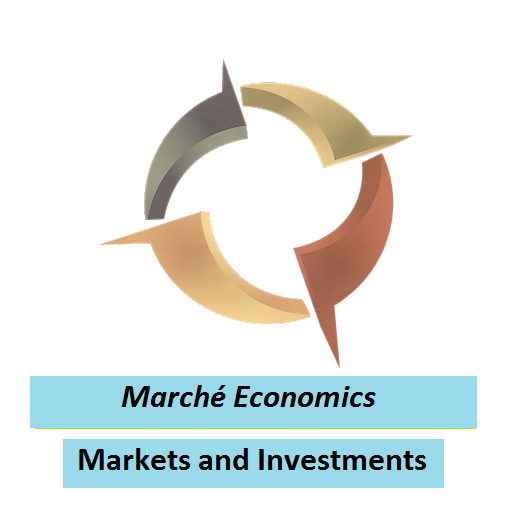March 12: In the 1930s bank runs occurred because a bank only had to keep a fraction of its total checking account deposits on hand for cash withdrawals and because bank deposits were not insured by the FDIC. Consequently, depositors could panic and try, in mass, to withdraw their funds up to the point the bank had no more vault cash or teller cash. Now most banks and credit union deposits are insured. Consequently, bank runs decreased dramatically because depositors were assured they could access their deposits even if a bank failed.
Banks tend to loan out most or all of their deposits that are not included in required reserves, which is currently 10% of total checking account deposits. This is because deposits are a liability to the bank while its loans are an asset from which it derives income. When the Fed increases interest rates like now, the value of a banks existing lower interest assets, such as bonds bought when interest rates were near zero, will decrease in market value. Fortunately, most banks do not have to realize losses by selling these assets. Unless, of course, you are highly specialized bank such as SVB.
SVB financed tech startups and provided venture capital that began to dry up due to the tech sectors difficulties under higher interest rates. Still, silicon valley tech companies required a continual flow of cash to continue operations. This lead to SVB realizing its losses when it sold its low interest bonds at the now extremely low market values they were worth in order to continue providing this cash flow. Luckily, the FDIC took it over and depositors were assured of deposit compensation. Still, SVB became insolvent and failed. It was a big bank too. As a result, people in the stock market suddenly panicked.
But, I think that too little information was the greater culprit explaining the panic. Eventually, more information about SVBs failure will become known. Then it more likely will be seen as a one-off event and not a systemic 2008 like disaster (when sub-prime mortgage loan packages suddenly became worthless assets through much of the global financial system). Most banks will not be forced to realize loan or asset losses because they do not operate in silicone valley. Without being forced to bleed cash like a fire hydrant, they can continue to make loans such as mortgages and buy higher interest bonds (another type of loan) at higher interest rates. Thus, they can slowly increase their asset values under the current Fed policy of raising the discount rate.
In fact, bonds are becoming a more attractive asset to everybody, including banks. Which, in turn, makes riskier assets like stocks look even more pricey. Add to that the actual and expected decrease in private sector earnings and rising PE ratios make stocks look even worse relative to bonds.
Within this environment good reasons to buy stock market sell-offs and stock pullbacks still remain. First, when you buy during a period of great fear and lower prices you can expect to eventually profit. Second, you cannot predict a recession anymore accurately than a recovery. They simply occur when they do so for most of us trying to time them relies more on luck then skill.
My list of growth stocks to consider at this point in time are: TS, BDC, WIRE, HSII, PLYA, WFRD, OEC, INSE, and IBEX. For dividends and growth: CVI, SVC, VOD, TX, ARLP, NGLOY, ASX, FG, GSL, RIO, SFL. Consider these recommendations as good over the next 3 – 6 months. Of course, they could be good for longer but that necessarily comes with less confidence. Over the last 3 months, the best performing ETFs were: PSCD, WCLD, IGV, XSW, NUMG. Still, their performance wasn’t strong and extrapolating into the future based on the past comes with its own risk. With that caveat, I’ll wish you good investing!
